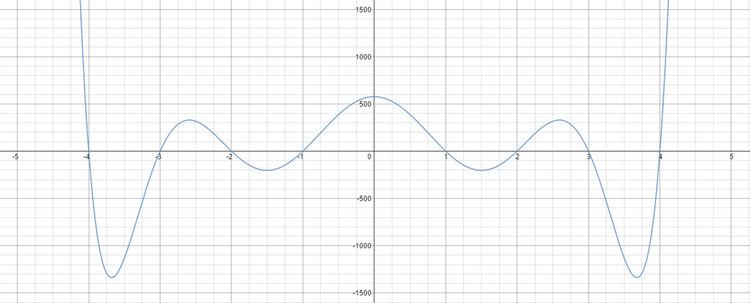 | ||
In algebra, an octic equation is an equation of the form
where a ≠ 0.
An octic function is a function of the form
where a ≠ 0. In other words, it is a polynomial of degree eight. If a = 0, then it is a septic function (b ≠ 0), sextic function (b = 0, c ≠ 0), etc.
The equation may be obtained from the function by setting f(x) = 0.
The coefficients a, b, c, d, e, f, g, h, k may be either integers, rational numbers, real numbers, complex numbers or, more generally, members of any field.
Since an octic function is defined by a polynomial with an even degree, it has the same infinite limit when the argument goes to positive or negative infinity. If the leading coefficient a is positive, then the function increases to positive infinity at both sides; and thus the function has a global minimum. Likewise, if a is negative, the octic function decreases to negative infinity and has a global maximum. The derivative of an octic function is a septic function.
Solvable octics
Octics of the form
can be solved through factorisation or application of the quadratic formula in the variable x4.
Octics of the form
can be solved using the quartic formula in the variable x2.
